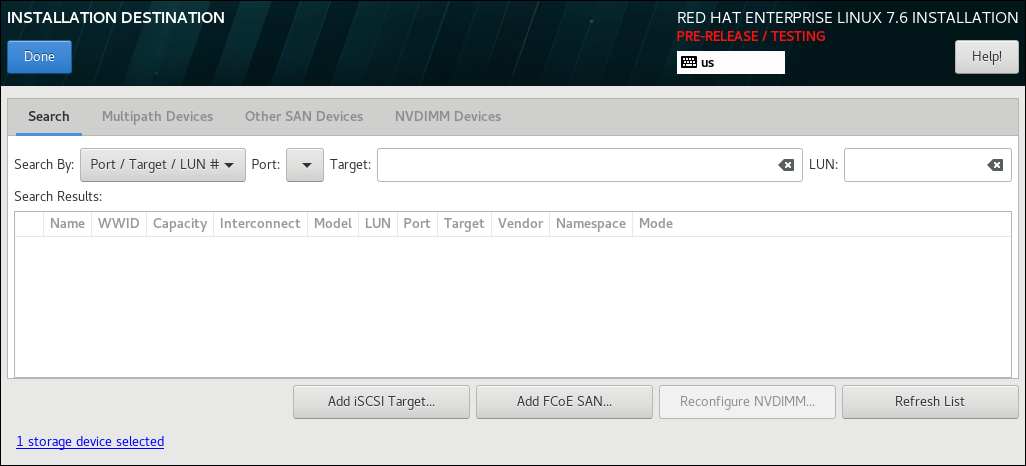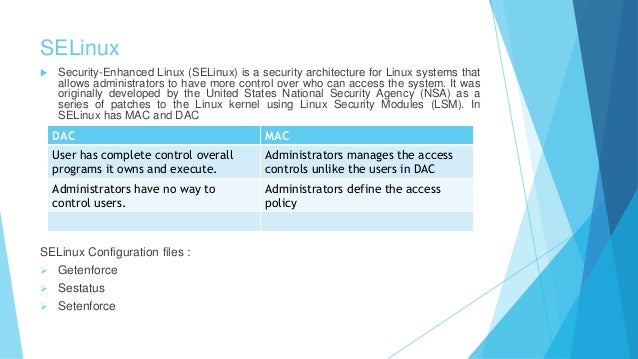Mkpasswd don The passwords are randomly generated according to the flags below. FLAGS The -l flag defines the length of the password. The default is 9. The following example creates a 20 character pass- word. Mkpasswd -l 20 The -d flag defines the minimum number of digits that must be in the password. Anthony@Zia:$ mkpasswd -m help Available methods: des standard 56 bit DES-based crypt(3) md5 MD5 sha-256 SHA-256 sha-512 SHA-512 Unfortunately, my version at least doesn't do bcrypt. If your C library does, it should (and the manpage gives a -R option to set the strength).
The password of your macOS user account is also known as your login password. It's the password that you use to log in to your Mac and make certain changes, such as installing software.
Change your password
If you know your password and can use it to log in to your account, you can change your password in Users & Groups preferences:
- Choose System Preferences from the Apple menu, then click Users & Groups.
- Select your user name from the list of users.
- Click the Change Password button, then follow the onscreen instructions.
Reset your password
If you don't remember your password, or it isn't working, you might be able to reset it using one of the methods described below. But first try these simpler solutions:
- Make sure that you're typing the correct uppercase or lowercase characters. If your keyboard has Caps Lock turned on, the password field shows a Caps Lock symbol .
- If the password field shows a question mark, click it to display a password hint that might help you to remember.
- Try to log in without a password. If that works, you can then add a password by following the steps to change your password.
- Try to log in with the Apple ID password that you use for iCloud. If you just changed that password and the new password isn't working, try the old password first. If that works, you should be able to use the new password from then on.
Reset using your Apple ID
In some macOS versions, you can use your Apple ID to reset your login password. At the login screen, keep entering a password until you see a message saying that you can reset your password using Apple ID. If you don't see the message after three attempts, your account isn't set up to allow resetting with Apple ID.
- Click next to the Apple ID message, then follow the onscreen instructions to enter your Apple ID and create a new password. You'll be asked to restart when done.
- Log in with your new password.
- Determine whether to create a new login keychain.
Reset using another admin account
If you know the name and password of an admin account on your Mac, you can use that account to reset the password.
- Log in with the name and password of the other admin account.
- Choose System Preferences from the Apple menu, then click Users & Groups.
- Click , then enter the admin name and password again.
- Select your user name from the list of users.
- Click the Reset Password button, then follow the onscreen instructions to create a new password:
- Choose Log Out from the Apple menu.
- Log in to your account using your new password.
- Determine whether to create a new login keychain.
Reset using the Reset Password assistant (FileVault must be on)
If FileVault is turned on, you might be able to reset your password using the Reset Password assistant:
- Wait up to a minute at the login screen, until you see a message saying that you can use the power button on your Mac to shut down and start up again in Recovery OS. If you don't see this message, FileVault isn't on.
- Press and hold the power button until your Mac turns off.
- Press the power button again to turn on your Mac.
- When the Reset Password window appears, follow the onscreen instructions to create a new password.
If you need to connect to Wi-Fi, move your pointer to the top of the screen and use the Wi-Fi menu to connect. To exit without resetting your password, choose Apple menu > Restart. - When done, click Restart.
- If you were able to reset your password with the Reset Password assistant, log in to your account using your new password.
- Determine whether to create a new login keychain.

Reset using your Recovery Key (FileVault must be on)
If FileVault is turned on and you have a FileVault Recovery Key, you can use that key to reset your password.
- At the login screen, keep entering a password until you see a message saying that you can reset your password using your Recovery Key. If you don't see the message after three attempts, FileVault isn't on.
- Click next to the message. The password field changes to a Recovery Key field.
- Enter your Recovery Key. Use uppercase characters, and include the hyphens.
- Follow the onscreen instructions to create a new password, then click Reset Password when done.
- Determine whether to create a new login keychain.
If you can't log in with your new password after restarting your Mac, take these additional steps:
- Restart again, then immediately hold down Command-R or one of the other macOS Recovery key combinations until you see the Apple logo or a spinning globe.
- When you see the macOS Utilities window, choose Utilities > Terminal from the menu bar.
- In the Terminal window, type
resetpassword, then press Return to open the Reset Password assistant pictured above. - Select ”My password doesn't work when logging in,” then click Next and follow the onscreen instructions for your user account.
Create a new login keychain, if necessary

After resetting your password and logging back in to your account, you might see an alert that the system was unable to unlock your login keychain. This is expected, because the passwords for your user account and login keychain no longer match. Just click the Create New Keychain button in the alert.
If you didn't see an alert about your login keychain, or you see other messages asking for your old password, reset your keychain manually:
- Open Keychain Access, which is in the Utilities folder of your Applications folder.
- Choose Preferences from the Keychain Access menu, then click the Reset My Default Keychain button in the preferences window. After you enter your new password, Keychain Access creates an empty login keychain with no password. Click OK to confirm.
If you don't see a Reset My Default keychain button, close the preferences window and select the “login” keychain from the left side of the Keychain Access window. Press the Delete key, then click Delete References. - Choose Log Out from the Apple menu to return to the login screen.
- Log in to your account using your new password. Your account password and login keychain password now match again.
If you still can't log in
If you still can't log in with your password, contact Apple Support for help.
A free, open-source, KeePass-compatible password manager for macOS.
MacPass behaves just the way a macOS app should
Tabs
Open files in individual windows or use tabs to use a single window.
Autosave
Your files will get saved constantly. Lost something and cannot recover it from an entries history? Browse versions to find what you're looking for!
Undo/Redo
MacPass supports Undo/Redo for everything you do with your data. Something went wrong and you want to revert it, just undo your changes an you're good to go!
Drag & Drop

Move or copy entries and groups inside a database or between two files. Add file attachments by dropping them onto entries. You even can add entries by dragging URLs onto the database.
Quicklook
Enable previews to leverage the QuickLook system for previews of a variety of file types to take a look at your file attachments.
But there's more…
Autotype
Autotype enables MacPass to supply authentication credentials for any text based input. From webforms to authentication dialogs in any application. With Global Autotype you even can invoke Autotype from anywhere with a system wide shortcut. For more information please refer to the documentation.
Full KDB and KDBX Support
MacPass can read and write KDB Legacy files as well as the latest KDBX Format. You can even convert KDB to KDBX and the other way around.
Custom Icons
Change the way your entries and groups look by choosing from the many icons. If you like a bit of color, let MacPass generate icons based on websites for you!
Password Generator
Generate passwords using the built-in generator. Adjust the method to comply with any restriction you might encounter.
Expiration Dates
Set a date, when passwords expire. MacPass will mark them with a special icon so you'll spot them easily. You can even search for expired ones!
Synchronization
Mkpasswd Mac Brew
Changes made to your database outside of MacPass can be merged. No data is lost and all files are synchronized! You even can merge arbitrary files into one single database. MacPass is able to merge even KDB files, although the format is not designed for synchronisation.
History
If enabled, your changes to entries will get stored inside the database. Just restore an old state or take a look at what changed over time.
Auto update
MacPass incorporates Sparkle to support auto updates. You're always up to date!
Mkpasswd For Mac N
Plugins
Since there's no one-size-fits-all, MacPass allows for Plugins to alter and extend its feauture set. Head over to the Plugin respository and start customizing.
Mkpasswd For Mac Torrent
Open-source
Mkpasswd For Mac Free
MacPass is free, open source software licensed under the GPLv3. It's build using other open source software like TransformerKit, KeePassKit, KissXML, Sparkle and a lot more. The source code is available on GitHub.